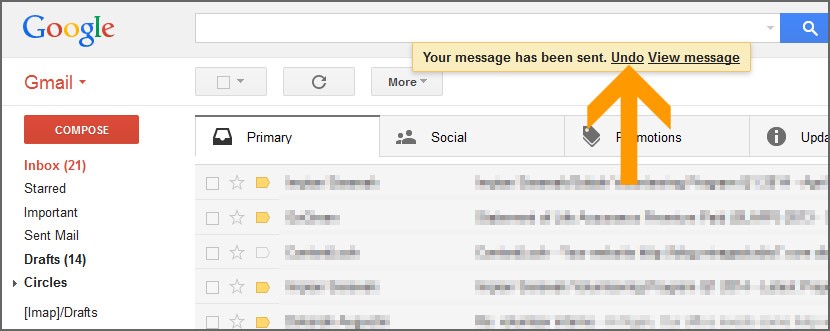
Eight Golden Rules: Rule 6 - Permit Easy Reversal of Actions
In this next blog post, we will explore the sixth rule of Ben Shneiderman's Eight Golden Rules of Interface Design. This rule is for designers to permit easy reversal of actions. Shneiderman explains this rule as the following,
“As much as possible, actions should be reversible. This feature relieves anxiety, since the user knows that errors can be undone, and encourages exploration of unfamiliar options. The units of reversibility may be a single action, a data-entry task, or a complete group of actions, such as entry of a name-address block.”1
This rule means that the user should always be able to quickly backtrack whatever they are doing. This allows for users to explore the environment without the constant fear of failure. If a user feels like they have to be extremely careful with every action they take, it leads to a slower and nerve-racking experience that no user wants.
A great example of this rule can be found by comparing a typewriter vs. the word processor. With a typewriter, you often have to type slowly to significantly minimize the number of mistakes that you make. If you did make a mistake, you would have to take the paper out, white-out over the error, feed the paper back into the machine then type again. With the word processor, you can just hit backspace and keep going with your writing.
To bring it back to a more modern paradigm, imagine you are writing an email to someone. While you are typing, you accidentally hit send, and an incomplete email is sent out to this person. In the past, you would have had to send another email (usually starting off by apologizing about the first email) to convey the information you wanted to say. Recently, Google has added a feature to Gmail that allows a user to “unsend” an email within a certain timeframe from sending it.

With this new feature, you can now not send the email in the first place, saving you the time of writing a second email and saving the recipient the additional clutter in their mailbox.
In user experience design, this rule can be applied to many various products and applications and can support the goal of a positive user experience. As humans, we are fallible and if we, as designers can make it easy for people to correct mistakes, will make it more likely someone will engage with and explore your products and applications. With technology forever changing, making your products easy to use and explore can make a difference to the end user and the bottom line.
- Ben Shneiderman's Eight Golden Rules website, last accessed
April 4, 2016, https://www.cs.umd.edu/users/ben/goldenrules.html